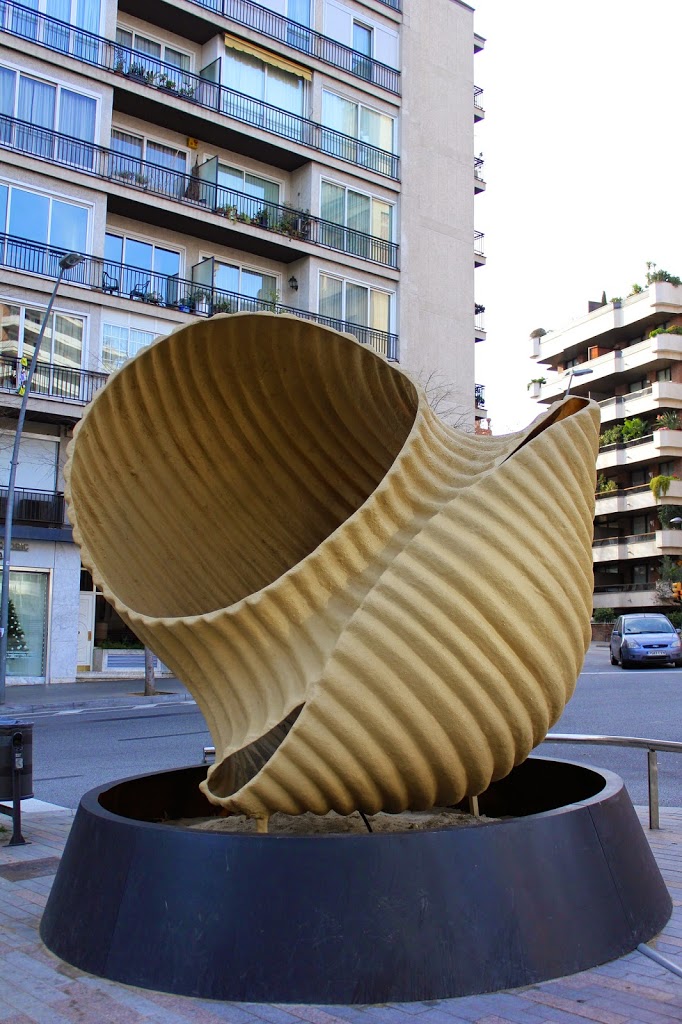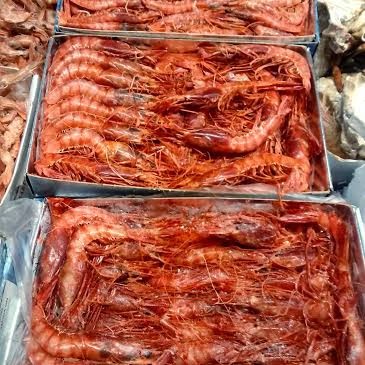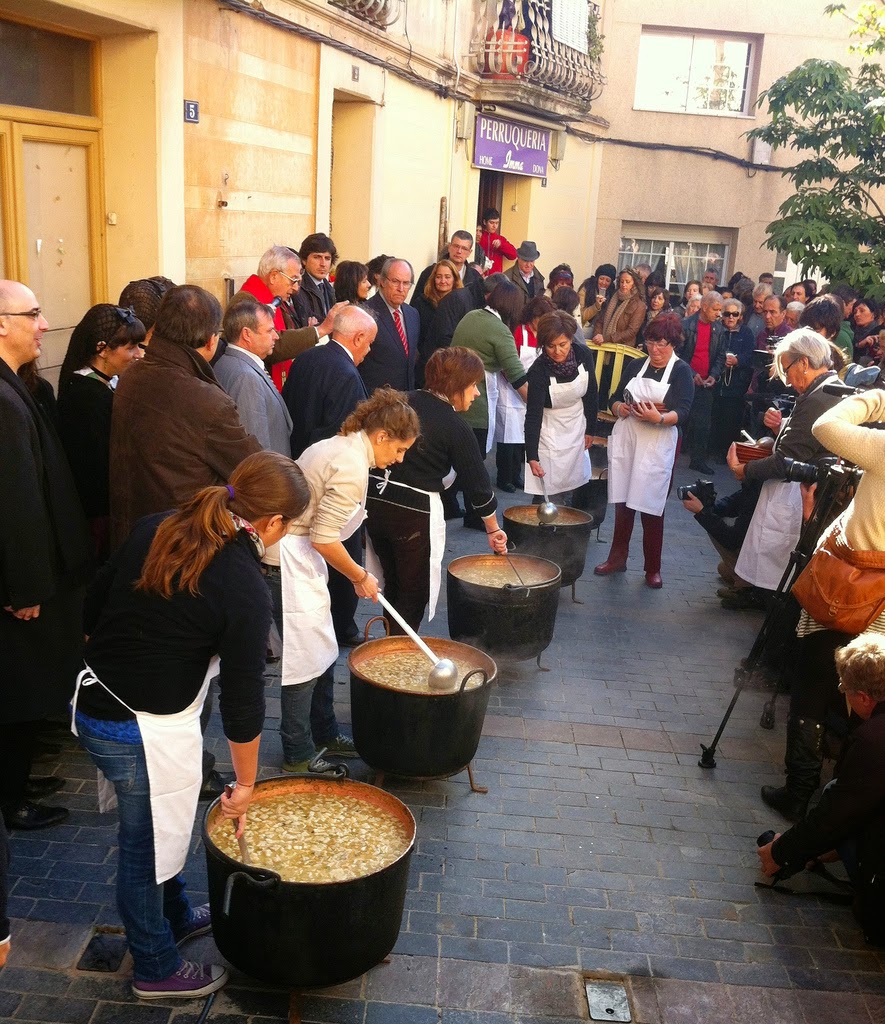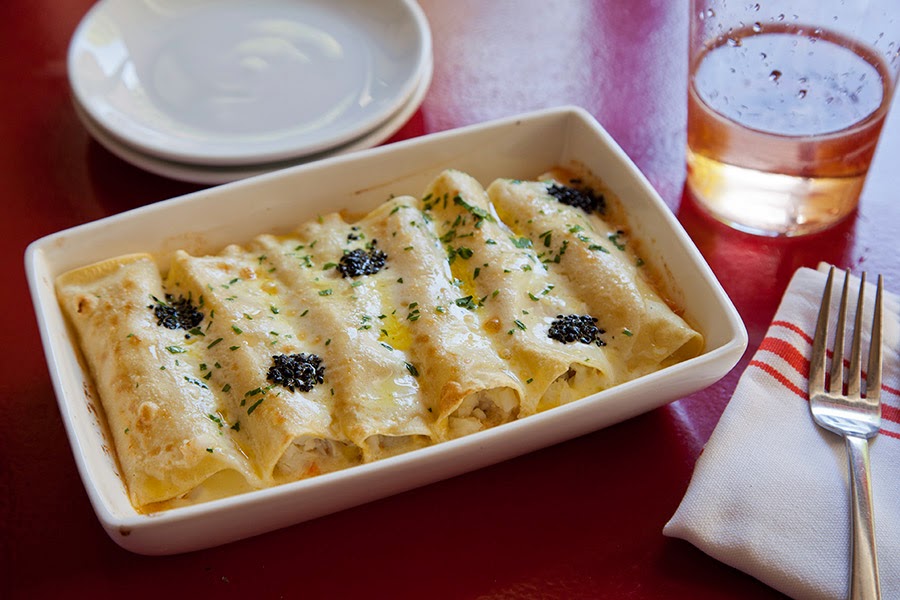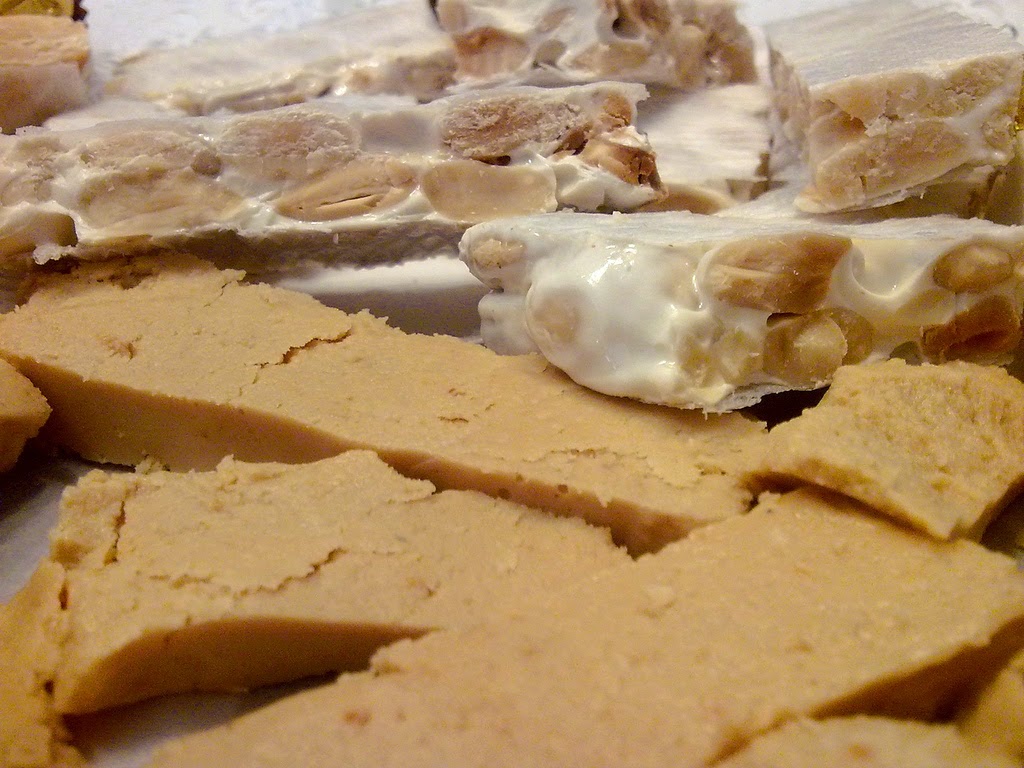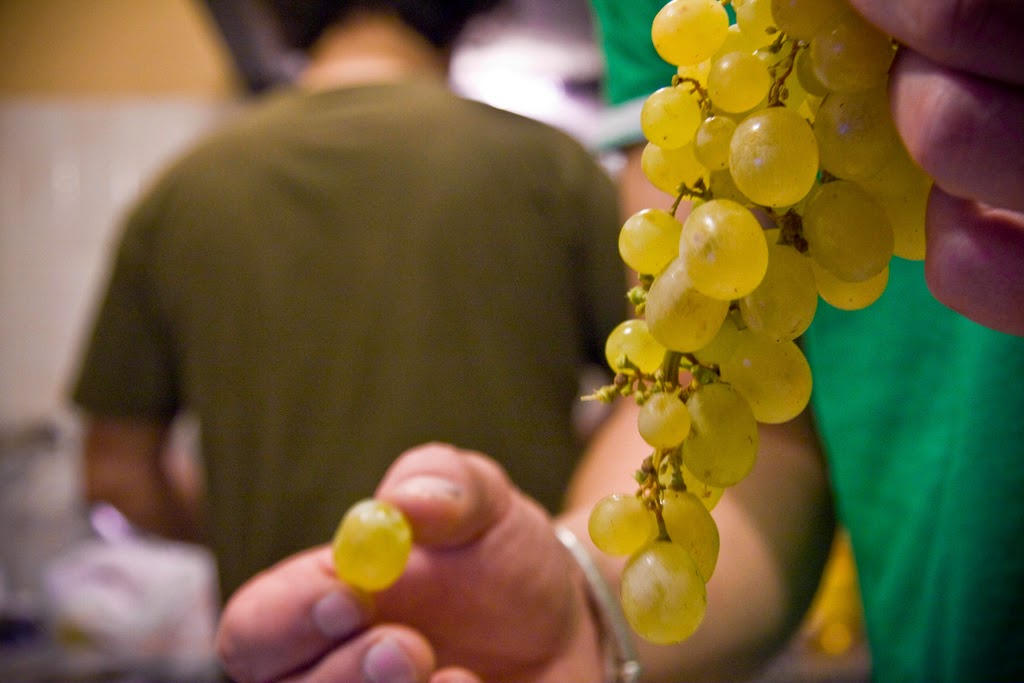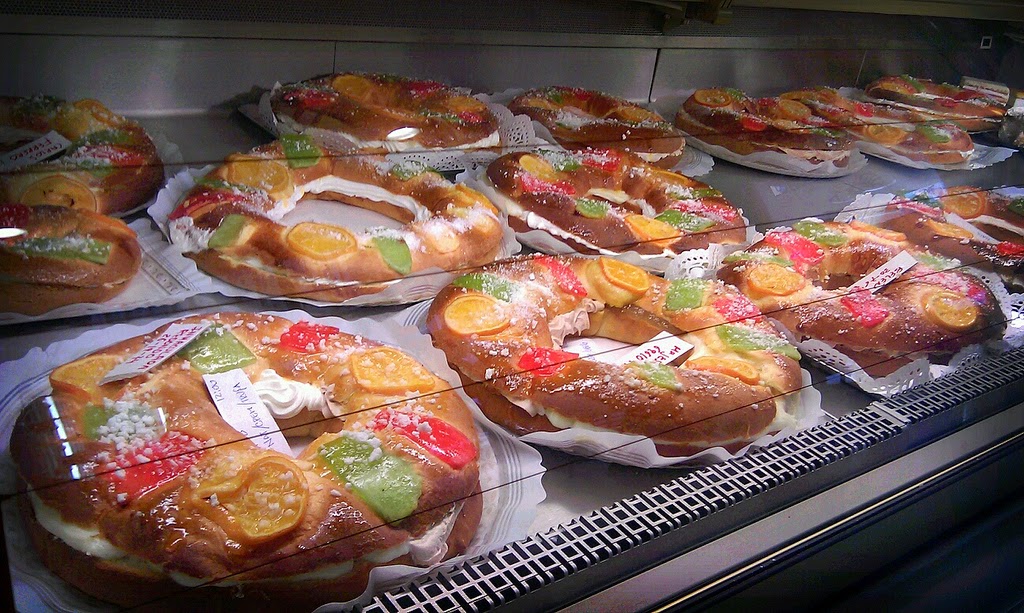The holiday season in Spain is a delightfully drawn-out affair beginning the weeks leading up to Christmas and joyfully traipsing their way through New Year’s Day to Three Kings Day.
Along the whimsical holiday way is a king’s ransom of delicious food customarily eaten in Spain and in Catalonia on certain special days like Christmas and New Year’s.
If you’re coming to Spain between the first week of December to the first week of January, make sure you enjoy one of these fine examples of Barcelona holiday food:
Holiday Food #1: Red Shrimp
If Christmas is the season of red, the red shrimp are the perfect complement. Around the yuletide season, you’ll notice seafood markets and seafood sections of supermarkets will feature boxes of giant shrimp gleaming with the color
rojo (or
vermell, as they say in Catalonia).
Seafood is popular in Barcelona year round, but these juicy red shrimp are particularly popular during the holidays.
Holiday Food #2: Escudella de Nadal
Many Catalan families celebrate Christmas Day with a delicious soup known as escudella de nadal. What makes this soup special is that it uses galets, a large, snail-shaped noodle used most often during the Christmas season.
Galets are only part of the story, though probably most important to this culinary narrative. Escudella de nadal also features pilotas (giant meatballs), several different types of meat and vegetables. On occasion, the galets will be stuffed.
The soup is so popular that some towns in Catalonia have giant escudella parties where local cooks prepare huge cauldrons of the stuff for townspeople to enjoy. Many cities and regions have their own style of escudella.
Holiday Food #3: Canelones
Though Italian in name, these pasta-wrapped delights are popular in Catalonia on the day after Christmas (known as Saint Stephen’s Day). Because the concept behind canelones is simple — a mix of meat, vegetables and spices wrapped in a pasta shell like a burrito — they make the perfect vessels for depositing leftovers from the previous days’ holiday feasts.
The Spanish canelones are usually topped with bechamel sauce and baked before served. If you don’t feel like making your own canelones, you’re in luck — most neighborhood markets and charcuteries will sell their own homemade canelones.
Holiday Food #4: Turrón
Turrón is a beloved Christmas treat in Barcelona and beyond into Spain.
Turrones come in rectangular blocks and usually feature almonds, but can be comprised of chocolate or egg yolk (
yema) mixed with sugar.
Turron agramut is the most popular kind of turron in Barcelona…it’s a mix of white, crunchy candy bursting with chunks of whole almond.
Another popular turron style is blanda, in which almonds are finely chopped and mixed with other ingredients to create a nutty, light block of deliciousness.
Yema, as we’ve said, is another style of turron which wins the award for “Most Interesting Visual Appearance” because its usually toasted medium-brown on top and a shiny yellowish-orange on bottom.
Holiday Food #5: Grapes and Cava
Yes, we know — grapes and cava isn’t actually a meal. In fact, it’s a little redundant, isn’t it? However, you’ll be the odd man out if you aren’t gulping the Catalan bubbly and cramming grapes down your throat when the clock strikes 12 on New Year’s Eve (
nochevieja).
Madrid’s Puerto del Sol is the epicenter of the Spanish New Year’s celebration…it’s similar to New York, in that families will gather around the TV to see what’s happening in Madrid.
To kick off the new year in the right way, Spaniard (and many Hispanic communities around the world) pop one grape in their mouth for ever toll of the bell at midnight. Eating these grapes in this manner is said to bring good luck. The day before and the day of New Year’s Eve, you’ll find many stores selling bags of 12 grapes.
The origins of the tradition are a bit fuzzy, but popular opinion is that grape growers from Southern Spain started the tradition at the beginning of the 20th century in order to boost grape sales.
The best place to celebrate this New Year’s tradition in Barcelona is in Plaza Espanya, where fireworks highlight the genesis of the new year. Get there early, though. The closer to 12 the evening gets, the more insanely packed the metros will be.
Last year, in our mad dash to make it to Plaza Espanya before the fireworks the metro stopped at the station before Plaza Espanya and we had to run through the streets of the Poble Sec neighborhood — cava and grapes in hand — to make it to the Plaza for the fireworks.
Holiday Food #6: Roscón de Reyes
In Barcelona, the holiday season comes to its climactic close on January 5, the day known as Three Kings or Three Magi/Magicians. Neighborhoods in Barcelona celebrate this holiday with parades in which the three kings who brought Jesus gifts are the centerpiece.
The parades are usually extravagant and immensely fun for young and old alike. The kings and other participants in the parade throw candies to children.
The roscón is a cake made especially for Three Kings Day. It is a round cake with candied fruits. The middle of the cake usually features some sort of cream-based filling.
Hiding within the yummy confines of the dessert is a figurine of a king or of Jesus. The lucky person who gets the figurine gets good luck and fortune for the year.
The cake often features a small bean, as well. The person who gets the bean has to pay for the cake.
There are many other holiday-centered culinary traditions in Spain. This is meant to give you an overview of some of the more popular dishes and traditions.
41.38506392.1734035
Related
